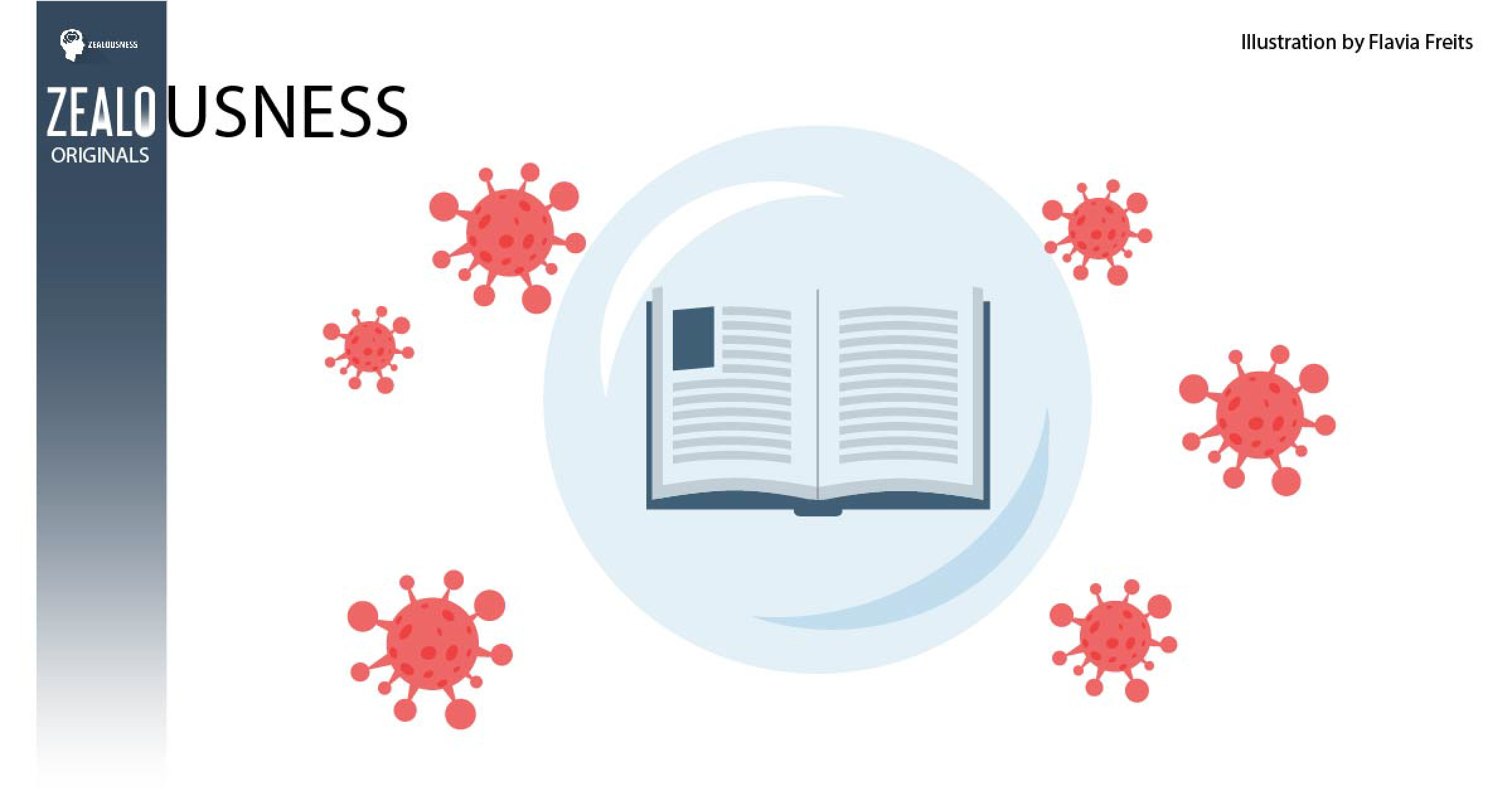Within a very short period of time, coronavirus spread throughout the world, affecting every sector of human activity, including education. Because of this pandemic, schools and universities had to close, leaving millions of children and students around the world without in-person classes, which had to be substituted with online lessons via the internet. The government’s measures brought disruption to the teaching profession, including innovation in teaching methods, which impacted how students learn across the world. Before COVID-19, teachers worldwide primarily used a lecture-based approach, which could come with entrenched institutional biases and outdated classrooms. COVID-19 forced educational institutions across the world to act quickly to find immediate teaching solutions, such as online classes. Countries such as China enabled learning at home via interactive apps; in Nigeria, reading material via Google Classroom was supplemented with face-to-face video instruction to prevent schools from closing entirely. Japan rolled out a hybrid model of traditional in-person teaching with live broadcasts, ‘educational influencers’, and virtual reality experiences.
To facilitate the transition to remote learning, free online education platforms and classes were created across the world. For those who have access to the most updated technology, online learning can be more efficacious. Research shows that students retain 25-60 % more material via online learning compared to 8-10 % retention via in-person learning in the classroom. Students can learn more effectively online because they can review material at their own pace. They can re-read, skip, or accelerate through concepts as they choose. This can be convenient for adult students; however, a structured environment is more necessary for children, as children can be more easily distracted at home. To get the most out of remote learning, in-person classes combined with online video instruction can promote “inclusion, personalization, and intelligence.”
By all means, technology is playing a major role in education, and it will be more crucial in the future. Teachers have turned to live streaming online lessons while students turn to learning platforms for their papers. Pre-recorded lessons allow students to study at their own pace, and Zoom has become the most common application used by educational institutions. Students have turned to free online learning platforms such as Massive Open Online Courses (MOOC) all over the world. With technology, customized approaches offered by learning solutions are endless. There are platforms that help teachers provide their students emotional and academic support. The resources the internet can give the students are infinite, from websites to digital libraries to encyclopedias. Furthermore, there is improved communication between teachers, students, and parents daily, allowing educational goals to be regularly set, assessed, and met. Teachers can motivate their students to take the initiative in their own areas of interest.

However, there are some disadvantages to remote learning as well due to socioeconomic inequities. Not all students around the world can afford the internet, including here in the U.S., and not all parents or guardians have the resources or time to support their children in completing online lessons from home. This impact on disadvantaged children is more severe, as they deal with compromised nutrition, lack of childcare support, no internet access or power supply, or ill-equipped teachers in their communities. Schools across the country are trying to find a solution for this, but this requires a drastic change to the education system. There is a need to develop suitable learning programs for every child’s needs and content that is widely accessible. Whereas many teachers prefer an in-person classroom approach, other educators are trying to be more creative in delivering their lessons.
As schools gradually reopen, some elements of learning will be changed forever, such as increased usage of online tools. Upon returning to the traditional classroom environment, one issue is how learning can be customized to enable every student to study at his/her own pace. Some may need more time to grasp concepts, while others require less time to achieve the same learning outcomes. Machine learning and artificial intelligence, along with data analytics, allow for individualized learning at scale. Above all, education has to be tailored to students’ needs and accessible to learners of all socioeconomic backgrounds.
The pandemic has created the need for crucial skills necessary to thrive in an unpredictable world, such as decision-making, problem-solving, and perhaps most importantly, adaptability. Developing these skills, especially resilience, in students is a priority for teachers. The purpose of education is not only to impart academic knowledge but also to engage students in critical thinking and discussions. Learning cannot solely be achieved on paper in class or via an online page. Peer activities that require the participation of several students, experiential learning and the development of emotional intelligence and leadership skills cannot be taught solely online. The goal of educational institutions has always been the same: to develop the next generation of responsible citizens; however, as 2020 has shown us, teaching methods have to evolve to keep up with unprecedented challenges and global disruption to be effective.
References:
- Gupta, Ashish founder of Benori Knowledge
- Gupta, Vinet MD of Jamboree Education. Founders and trustees of Plaksha University. Reshaping Learning, THE HINDU, September 25, 2020 14:07 IST, https://www.thehindu.com/education/how-the-pandemic-has-changed-some-elements-of-teaching-learning-permanently/article32694224.ece
- Li, Cathy. Head of Media Entertainment and Sport Industries, World Economic Forum
- Lalani, Farah. Community Curator, Media, Entertainment and Information Industries, World Economic Forum. The Covid-19 pandemic has changed education forever. This is how, WORLD ECONOMIC FORUM. 29 Apr 2020. https://www.weforum.org/agenda/2020/04/coronavirus-education-global-covid19-online-digital-learning/
- Tam, Gloria. Associate Dean of Corporate and Lifelong Learning, Minerva Project
- El-Azar, Diana. Senior Director, Strategic Communications and Market Development, Minerva Project. 3 ways the coronavirus pandemic could reshape education, WORLD ECONOMIC FORUM, 13 Mar 2020, https://www.weforum.org/agenda/2020/03/3-ways-coronavirus-is-reshaping-education-and-what-changes-might-be-here-to-stay
- Wing, Jenine. Top 7 Ways Technology Has Affected Teaching During Pandemic, TechDay, https://techdayhq.com/community/articles/top-7-ways-technology-has-affected-teaching-during-pandemic
- How to manage your online studies efficiently, Online Learning College, 14 January 2021, How to manage your online studies efficiently – Online Learning College (online-learning-college.com)
























2 thoughts on “The Pandemic’s Impact on Education”
I would like to thank you for the efforts you’ve put in writing this site. I am hoping the same high-grade site post from you in the upcoming also. In fact your creative writing skills has inspired me to get my own web site now. Actually the blogging is spreading its wings rapidly. Your write up is a good example of it.
Valuable info. Lucky me I found your web site by accident, and I am shocked why this accident did not happened earlier! I bookmarked it.